School History

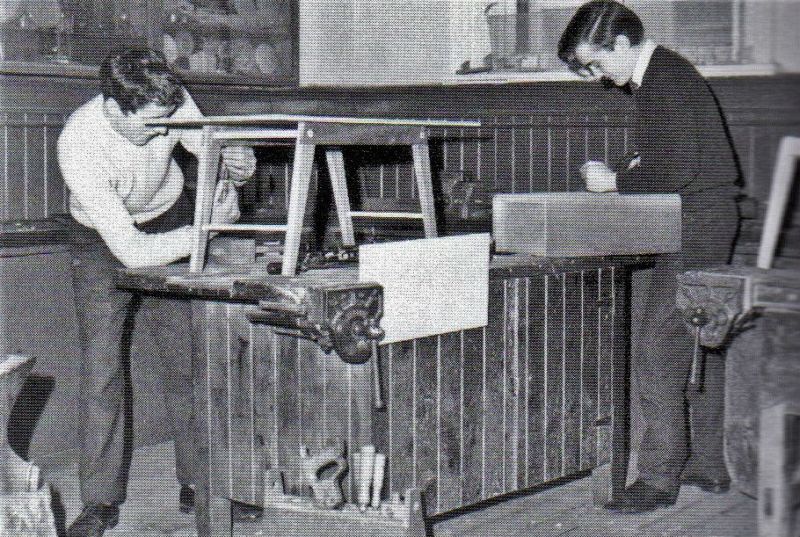
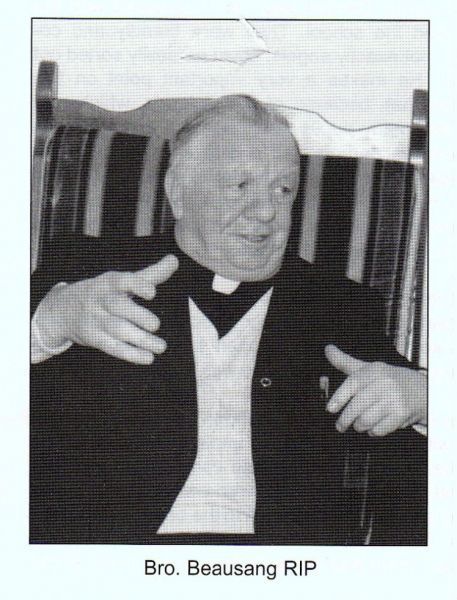
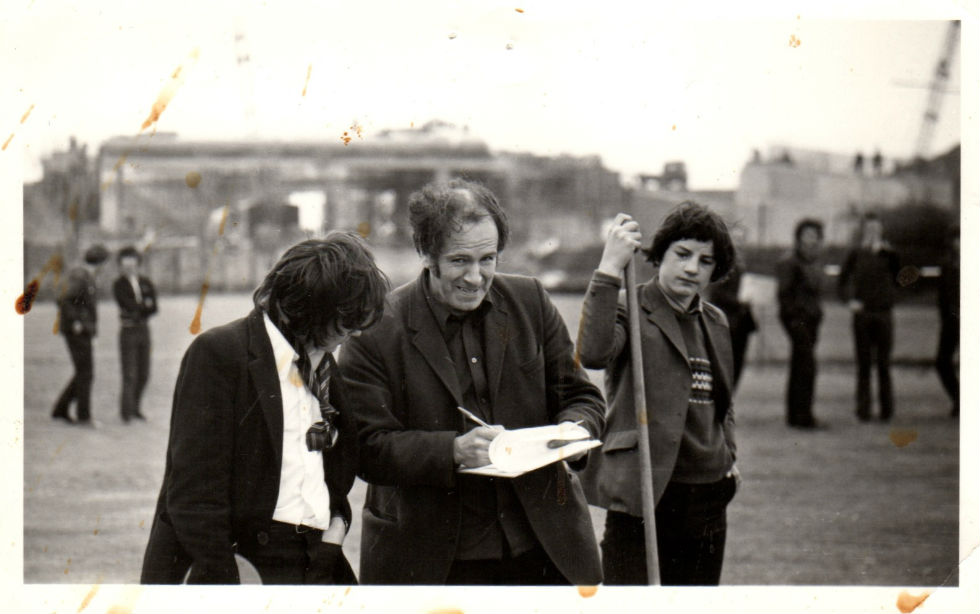
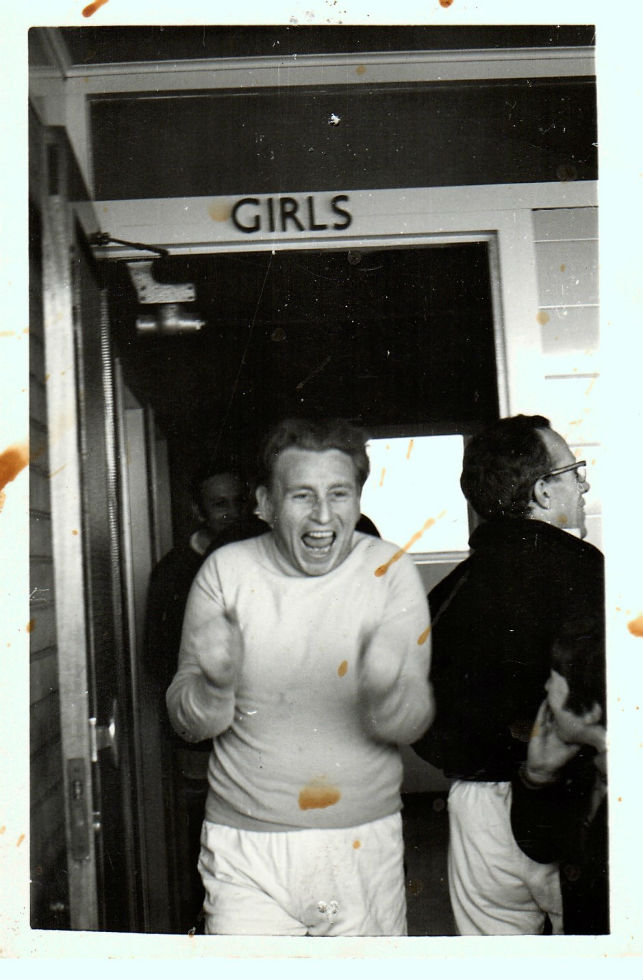
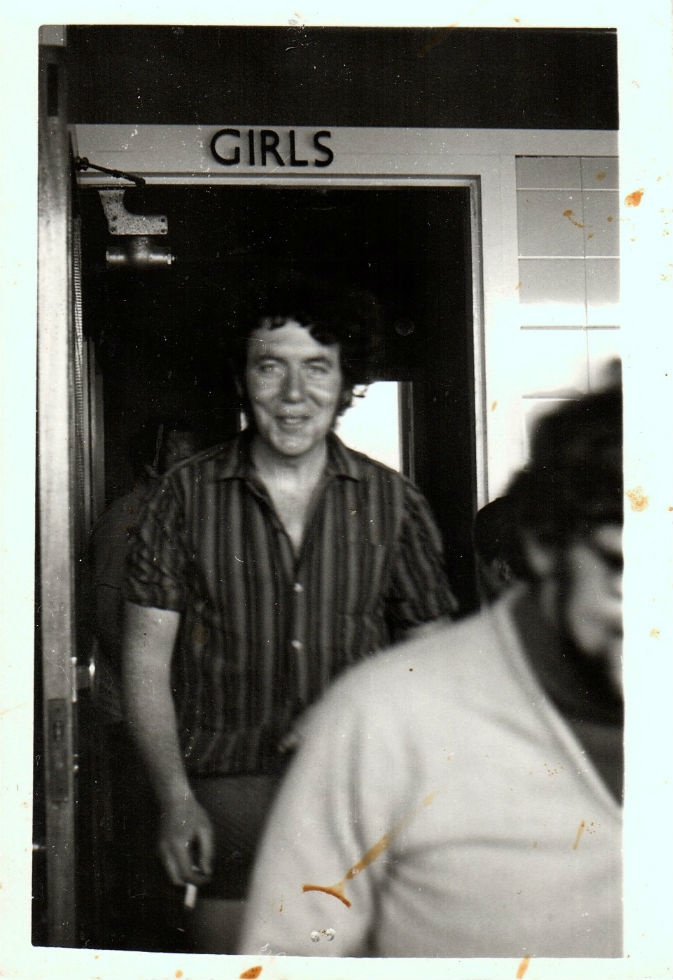
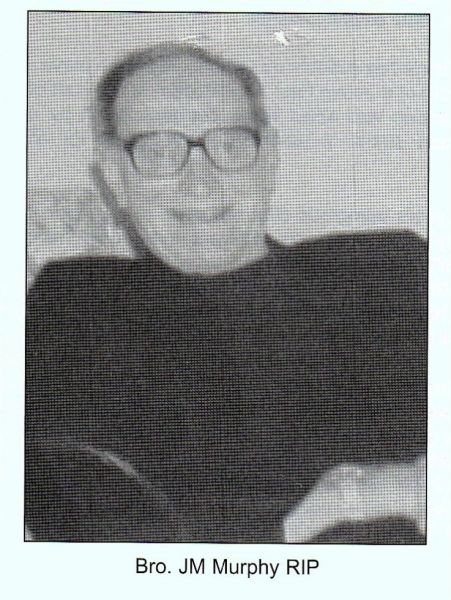
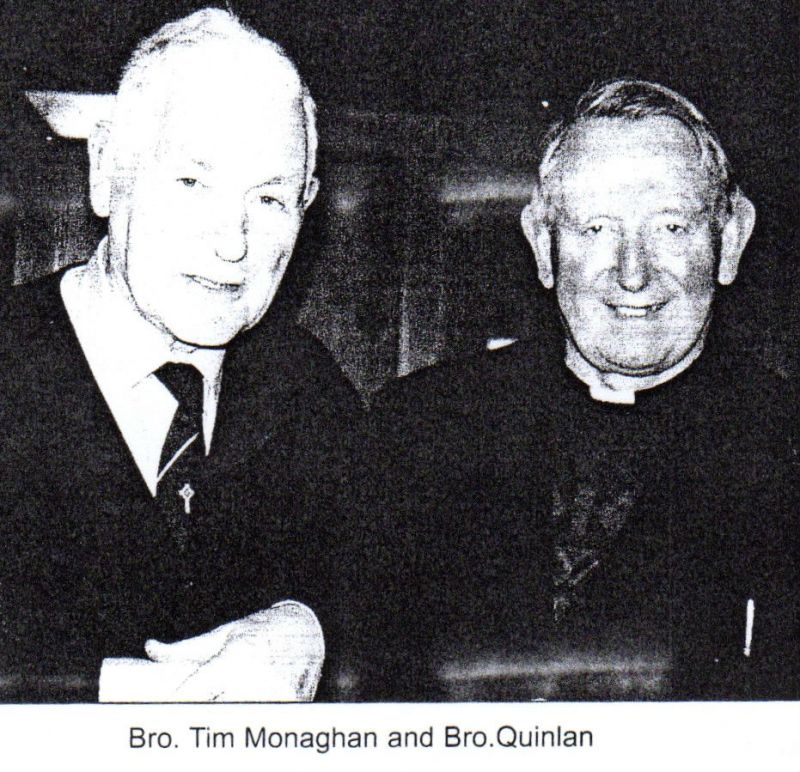
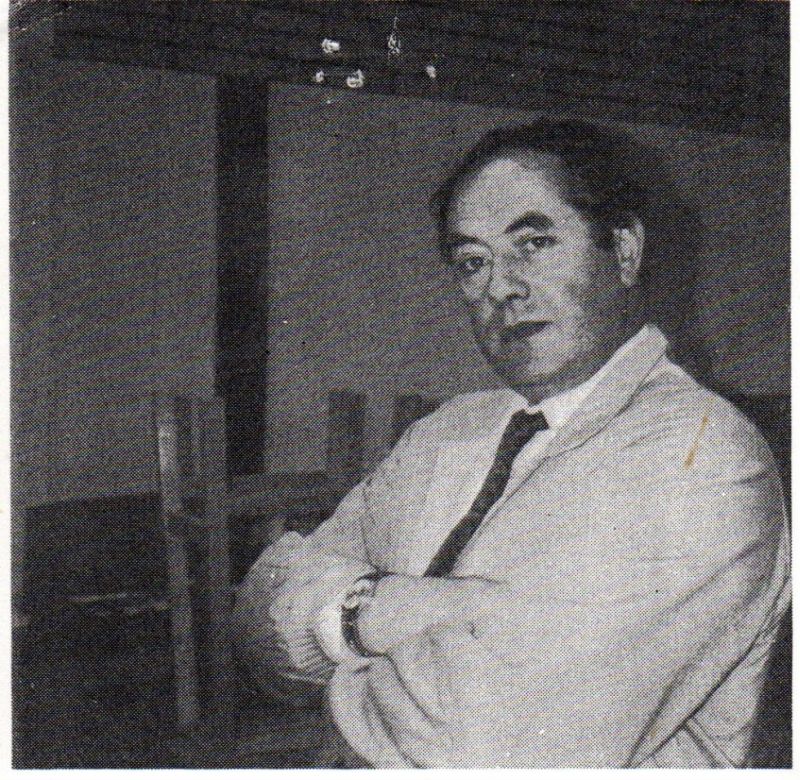
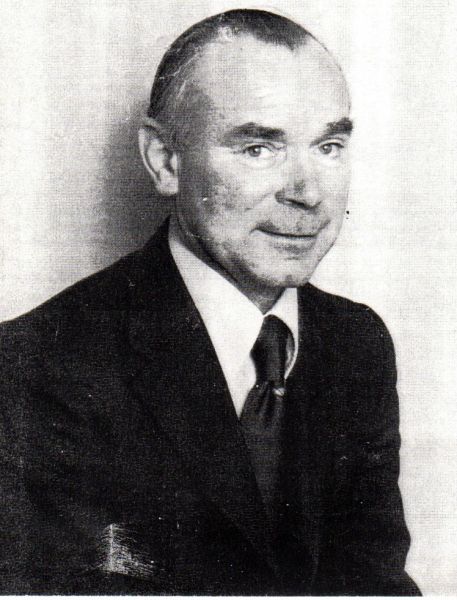
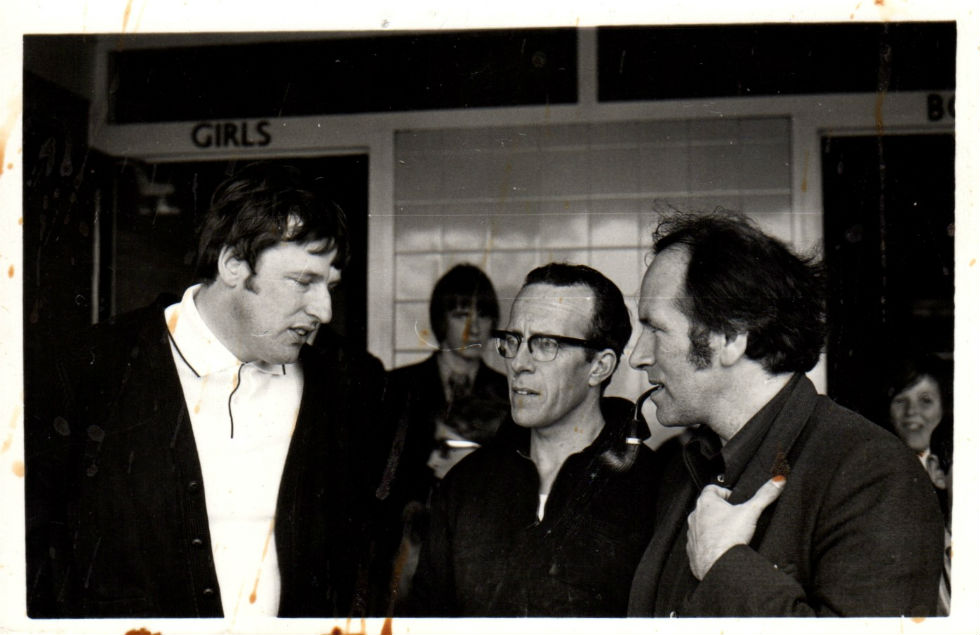
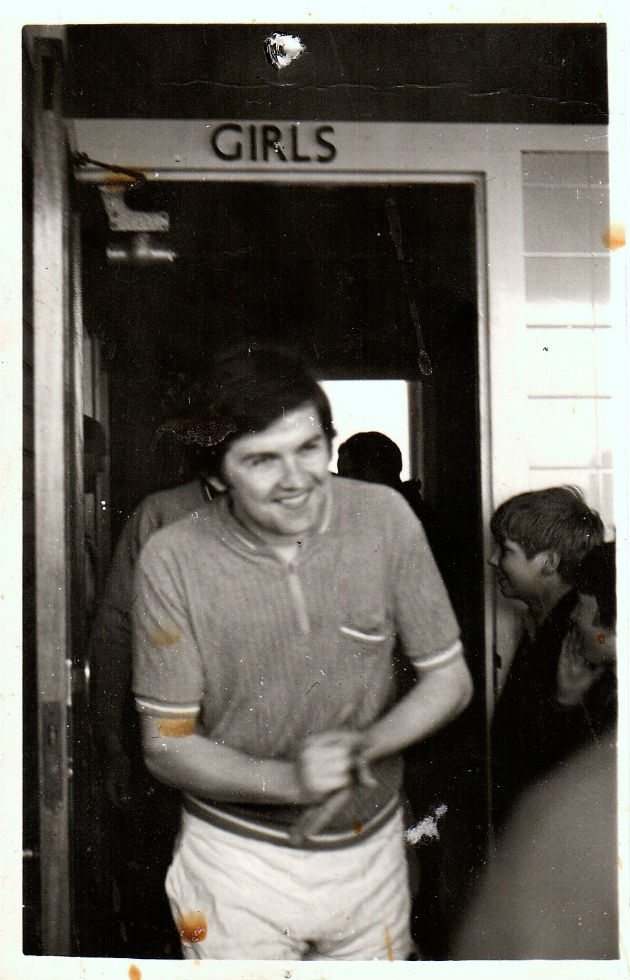
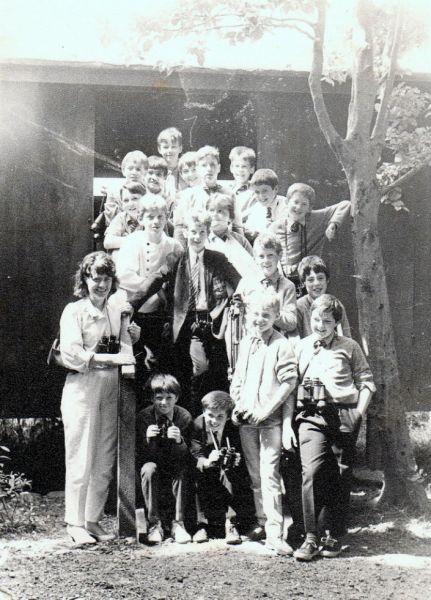
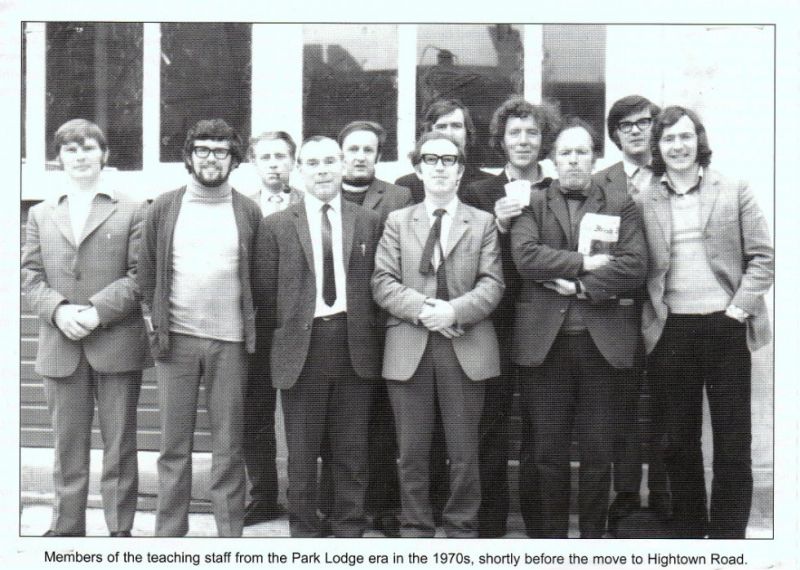
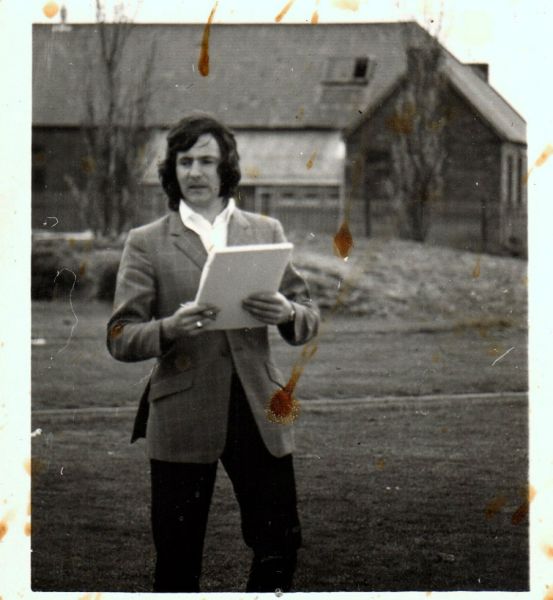
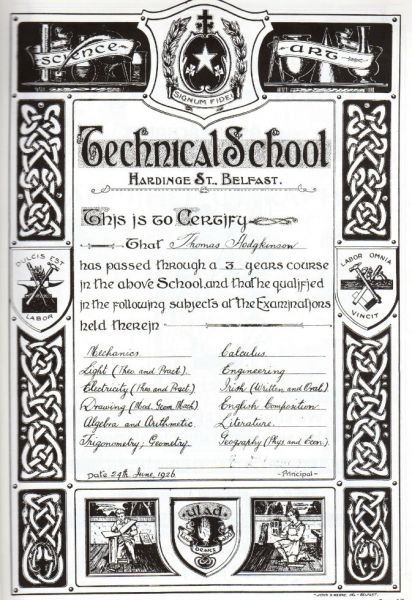
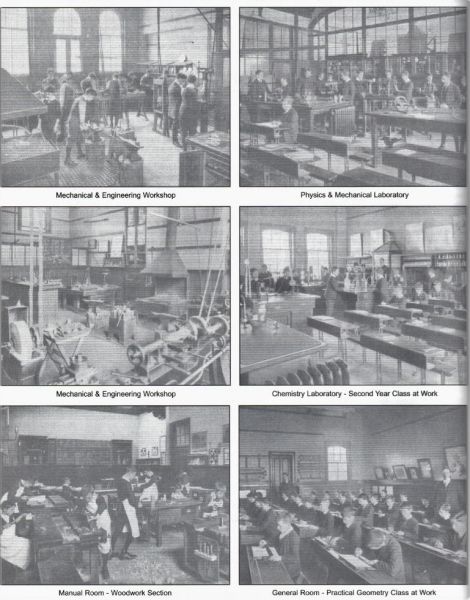
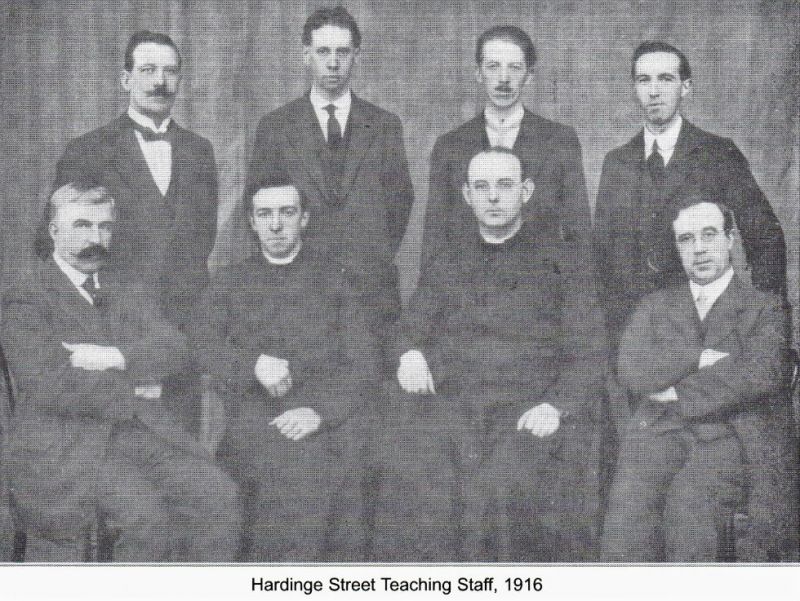
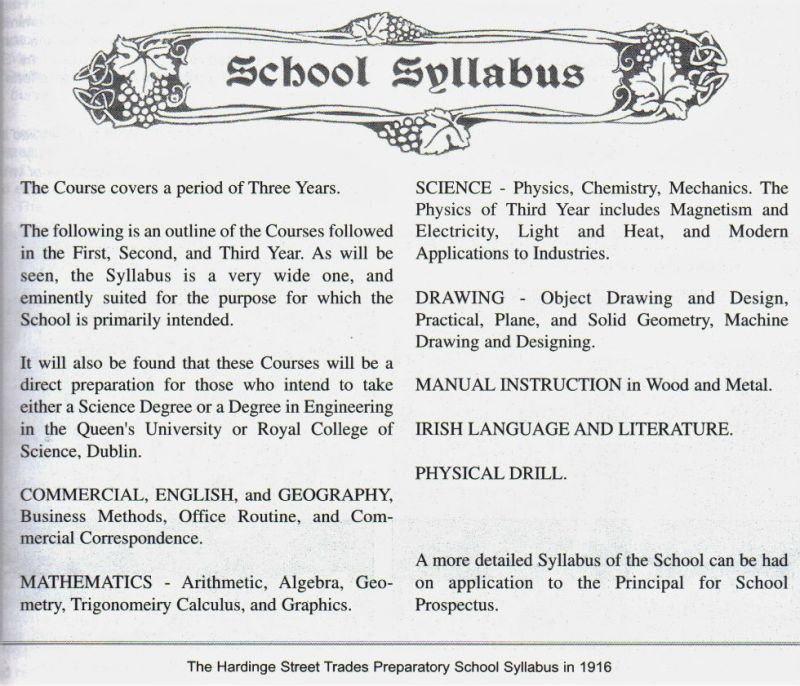
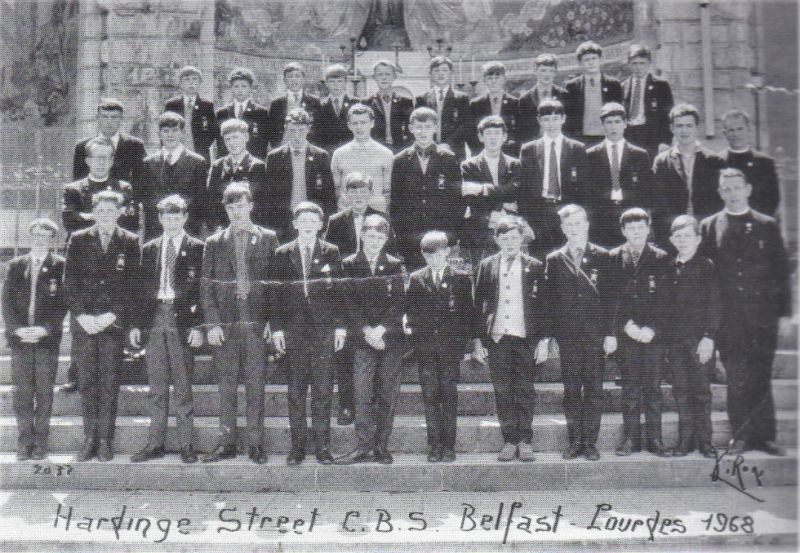
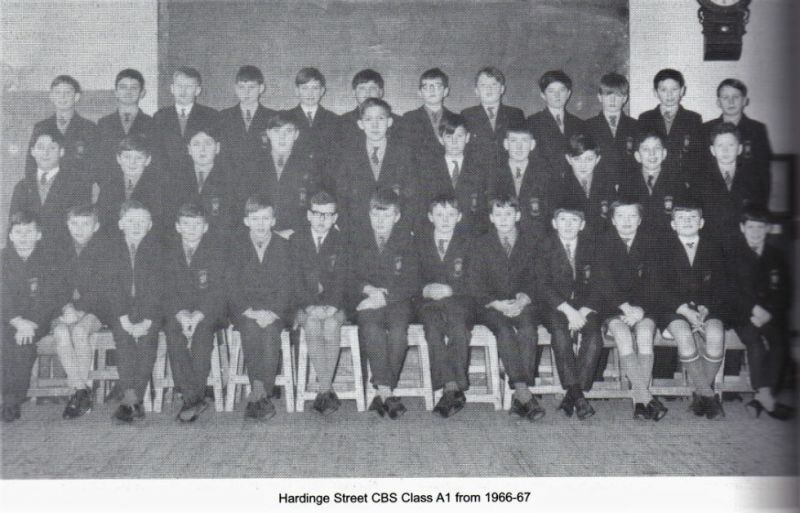
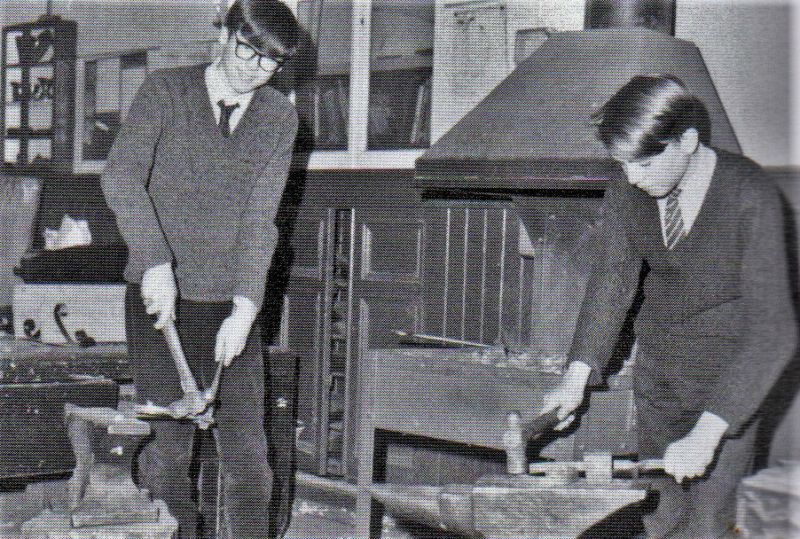
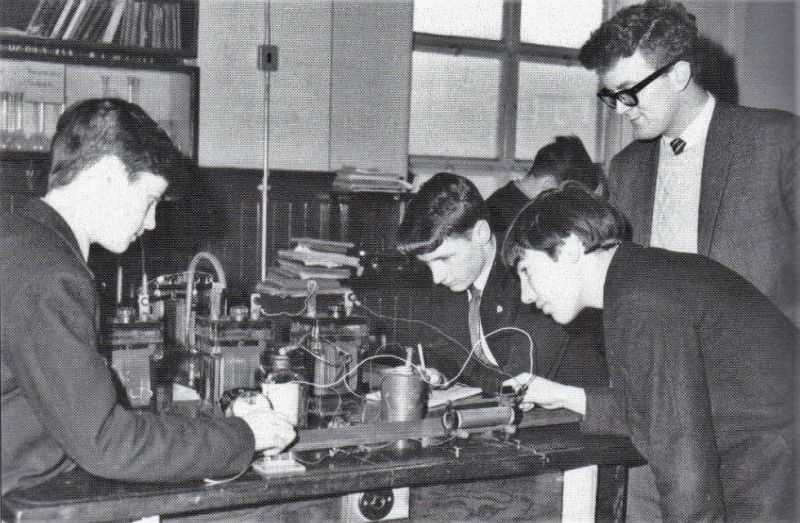
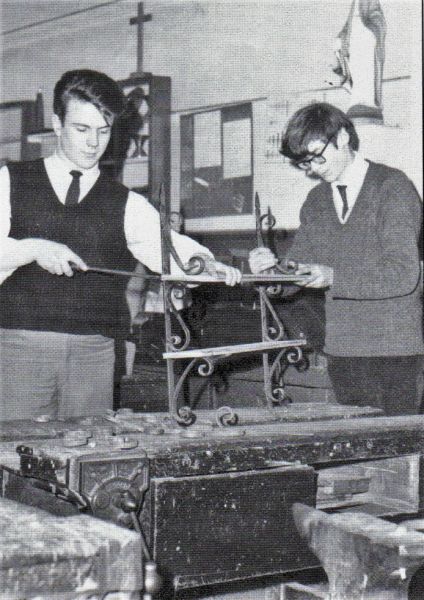
From Hardinge Street To Hightown Road
When I arrived at the doors of Hardinge Street CBS as a nervous year 8 student in August 1971, little did I know that I was embarking on a journey linked with the school that would span four decades. However, the beginning of my journey ironically crossed with the end of another i.e. after nearly seventy years, the historical building of Hardinge Street would close its doors for the last time that coming Easter, and the school would move from its New Lodge site to areas outside of the then troubled inner city of Belfast.
Much has happened since that initial period. Buildings have changed, staff have come and gone and the school has grown in a wide variety of ways. Nevertheless, the memories and building blocks set in place in Hardinge Street are still alive in the school today.
In this article I hope to briefly reflect on this period, sharing and addressing the vast significance of the Brothers and their impact on our local north Belfast community, and how this historical contribution is still felt in today’s college.
Hardinge Street opened in 1903 as a Trades School for Catholic working class boys at the bottom of the New Lodge Road. Its proper name at the time was St Joseph the Worker. The school changed its name several times reflecting changes in the educational system. It was known as Hardinge Street Junior Technical School in the 1930’s and following reforms brought about by the Education Act of 1947, was renamed Hardinge Street CBS.
When the Christian Brothers arrived in Belfast in the late 19th Century, they recognised the need to provide education for the Catholic children of the city. The demand for places in their schools was so great that establishments quickly sprung up across Belfast. When Hardinge Street opened in 1903, its main focus was to equip the boys with skills which would help them obtain jobs in a much industrialised city. His Lordship, the Most Reverend Dr Henry, Lord Bishop of Down and Connor in a speech at this time linked to the schools opening, summed up the school’s purpose perfectly when he stated: “I trust that parents who at present allow their boys to remain at school preparing for the Intermediate examinations, will see the advantage of putting their boys to the study of the trade preparatory course, so as to fit them to become skilled artisans, master tradesmen and managers of great industrial and commercial concerns.”
Such a course as offered by the Brothers was obviously a major attraction to many Catholic parents throughout Belfast at this time. By 1905 within two years of the school opening the number of boys attending the school had risen to 150.
In the years that followed the school’s reputation grew. The curriculum was enhanced to include subjects such as Art, Physics and Chemistry to compliment what was already in place.
The following extract from a letter received by the Principal from the Managing Director of Harland and Wolff Shipyard, Belfast shows the importance held by a major industrial figure in relation to what was being taught at this time. ‘The Christian Brothers deserve the thanks of the community for having attacked with no little success, that important educational problem which is involved in a general primary education, followed by a training in Science, of a character suited to boys whose parents could not otherwise well afford to give them a higher education, whilst at the same time, the Brotherhood, as might be expected, fully realise the ethical value of Christian influence. I hope that time may prove your school to have been one of those bright beacons whose rays have illuminated a much needed revival in Irish education’.
His hopes were certainly realised. Over the coming years, the school went from strength to strength. The biggest problem for the Brothers was accommodating the massive numbers applying each year for the limited places available. Parents from all areas of Belfast and further afield applied for places. The work of the Brothers and their lay teachers was renowned far and wide and deservedly so. Not only did young catholic boys receive a high level of education but just as important, strong Christian values were instilled. By the 1960’s, the Brothers realised that for many reasons, practical and otherwise, a move to a bigger location was required. With the onset of the ‘troubles’ this move was accelerated. In Easter of 1972, for the safety of staff and students, the school moved to the old Park Lodge House at the foot of the Cavehill, and the doors of the present school were opened in September 1977 and called Hightown Road CBS (Gort Mhuire). The school was rededicated in January 20th 1995 and called Edmund Rice College.
The current college as we know it today owes everything to the contribution of the Christian Brothers over the past century. We are, and always will be a Christian Brothers School. Their special ethos is kept alive in every aspect of school life. As a school community we can be proud of our past, and look forward to a future based on the foundation laid by the men in black with the southern brogues.
Patrick McMeekin
(1971 – 2017)
 Menu
Menu
